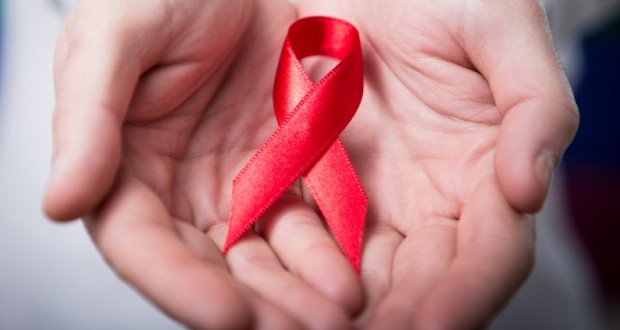A report released by UNAIDS – ahead of World AIDS day on December 1st – gives over 50 examples from countries that have adopted the Fast-Track Strategy, which, if adopted by all nations, could end the AIDS epidemic.
The report estimates there are now 15.8 million people with HIV receiving antiretroviral therapy, double the number from 5 years ago.
The report reveals that countries have been complying with the UN’s fast-track strategy to end the AIDS epidemic by 2030 and the progress in responding to HIV over the past 15 years has been “extraordinary”. In the last five years, the number of people on life-saving treatment has doubled while incidents of new cases have declined since 2000.
“By June 2015, UNAIDS estimates that 15.8 million people were accessing antiretroviral therapy, compared to 7.5 million people in 2010 and 2.2 million people in 2005,” the report said. “At the end of 2014, UNAIDS estimates that new HIV infections had fallen by 35% since the peak in 2000 and AIDS-related deaths have fallen by 42% since the 2004 peak.”
“Every five years we have more than doubled the number of people on life-saving treatment,” Michel Sidibe, UNAIDS’ executive director, said in a statement. “We need to do it just one more time to break the AIDS epidemic and keep it from rebounding.” He added that countries were gearing up to double the number of people accessing HIV treatment by 2020.
The antiretroviral therapy has ensured a longer and healthier life for people with HIV infections, The life-changing benefits these drugs provide has led to the global number of people living with HIV to increase to 36.9m, as estimated by UNAIDS at the end of 2014. “Once diagnosed, people need immediate access to antiretroviral therapy,” the report said.
In countries such as Kenya, Botswana, Iran and El Salvador, high-impact HIV prevention and treatment programmes, such as pre-exposure prophylaxis, voluntary medical male circumcision and sexual and reproductive health services have shown remarkable results in reaching the HIV-infected people who had been left behind in treatment.
“Today, we have more HIV prevention options than ever before. And with better data, we can become better matchmakers, finding the right prevention options for the right people,” Sidibe added. “Everyone has the right to a long and healthy life. We must take HIV services to the people who are most affected and ensure that these services are delivered in a safe, respectful environment with dignity and free from discrimination.”
UNAIDS’ fast-track strategy aims at averting 21m AIDS-related deaths, 28m new HIV infections and 5.9m new infections among children by 2030.
Agencies/Canadajournal

 Canada Journal – News of the World Articles and videos to bring you the biggest Canadian news stories from across the country every day
Canada Journal – News of the World Articles and videos to bring you the biggest Canadian news stories from across the country every day

